Spain.
Philip III,
100 Escudos 1609,
Segovia.
Unique.
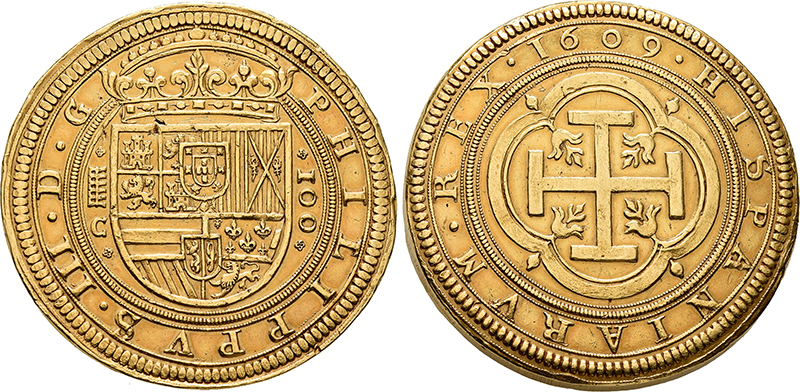

Roman Republic.
Cleopatra VII and Mark Antony,
Tetradrachm 36 BC,
Antioch on the Orontes.
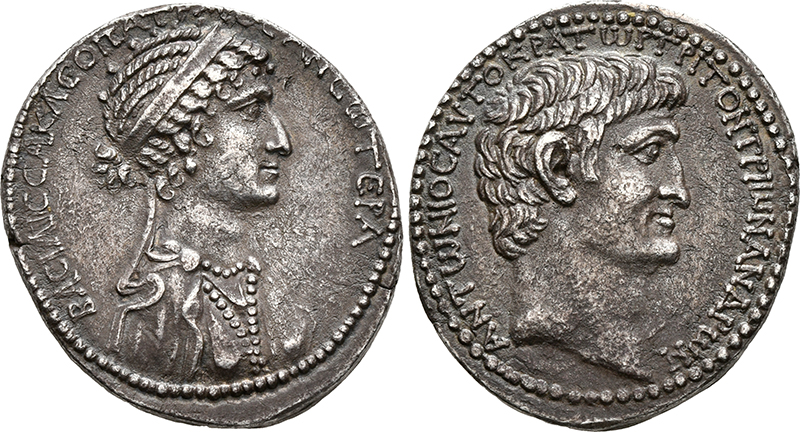
Great Britain.
Henry VII,
Gold Sovereign,
type I, Cross Fitchee, n. d. (1492),
Tower mint.
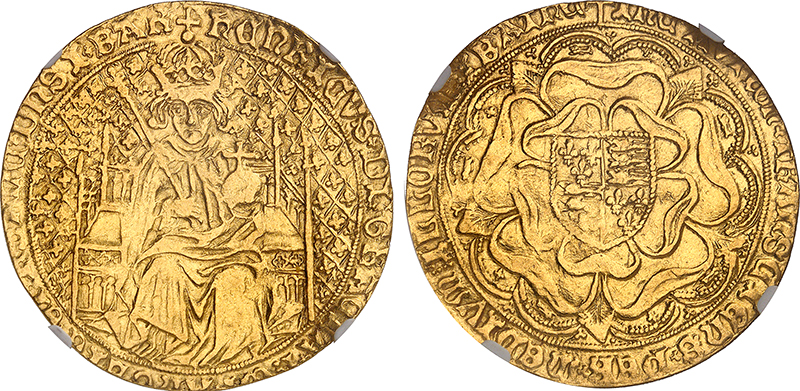
Archive: People and Markets
Die Study of the Yehud Coinage
The Israel Numismatic Society published a book on provincial silver coinage of Judah in the late Persian, Macedonian, and early Hellenistic periods. Haim Gitler, Catharine Lorber and Jean-Philippe Fontanille presented their die study recently in Jerusalem.
A Short Numismatic History of New Zealand
Heritage offers a banknote that is considered a highlight of the monetary history of New Zealand. Reason enough for coin dealer Joshua Lee to present some of New Zealand’s most spectacular coins and banknotes.
Archive: Coins, Medals and more
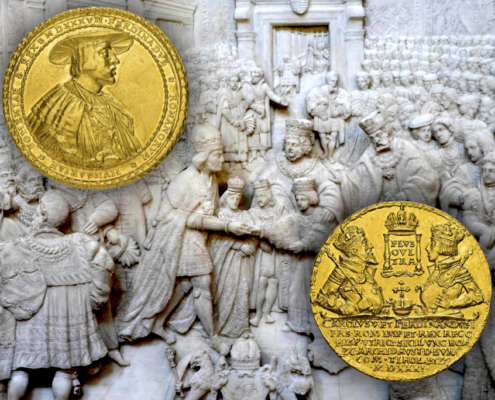
The Turks, the Bohemian Estates and Two Gnadenpfennigs by Ferdinand I
SINCONA’s spring auction will be held from 13 to 15 May 2024. Among other highlights, two extremely rare gold gnadenpfennigs by Ferdinand I are on offer. The multiple coins with a weight of 10 and 15 gold gulden are among the great treasures of Habsburg numismatics. We share their story.
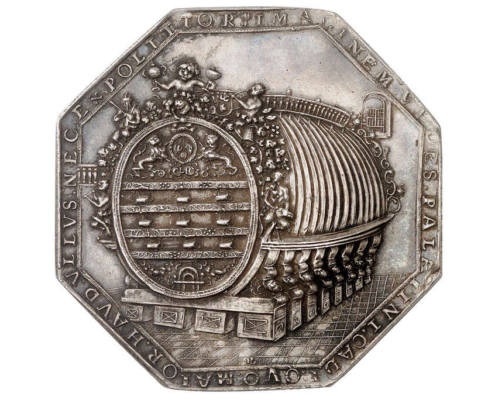
The Heidelberg Tun and Early Modern Winemaking
The most well-known symbol of the city of Heidelberg actually began as a sort of treasury: the Heidelberg Tun was built to accommodate the Palatinate’s tax revenue generated from winemaking. And then a Calvinist propagandist turned it into a tourist attraction. This is reflected in a medal that Künker will be auctioning on 29 September 2023.






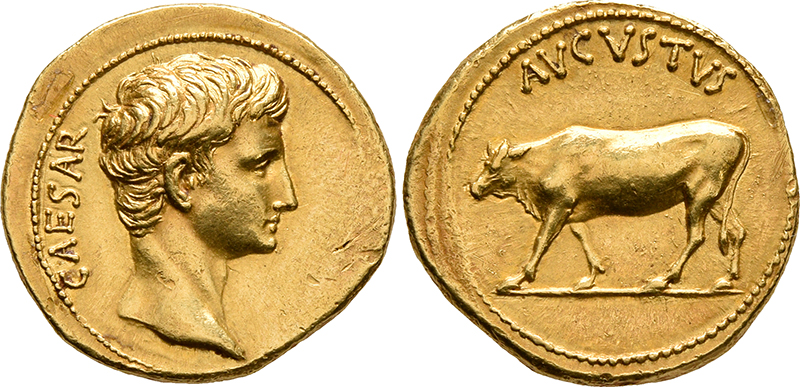
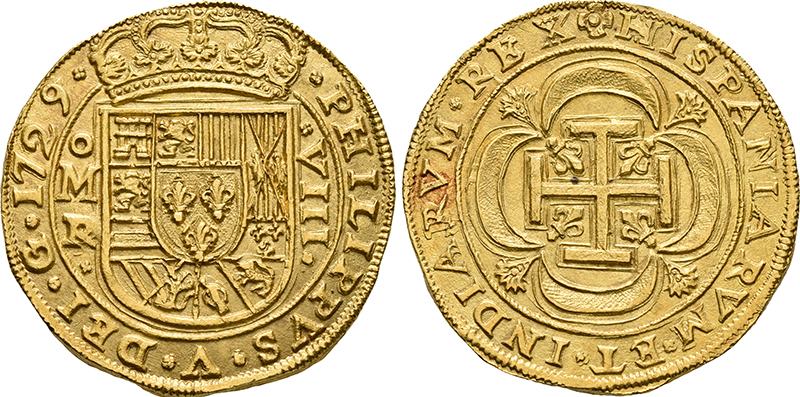
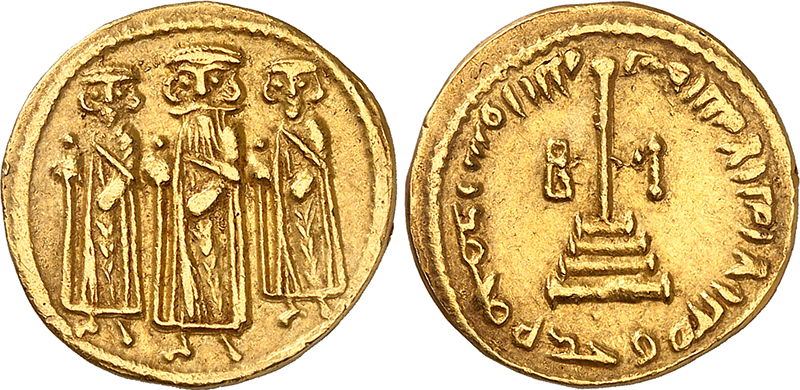
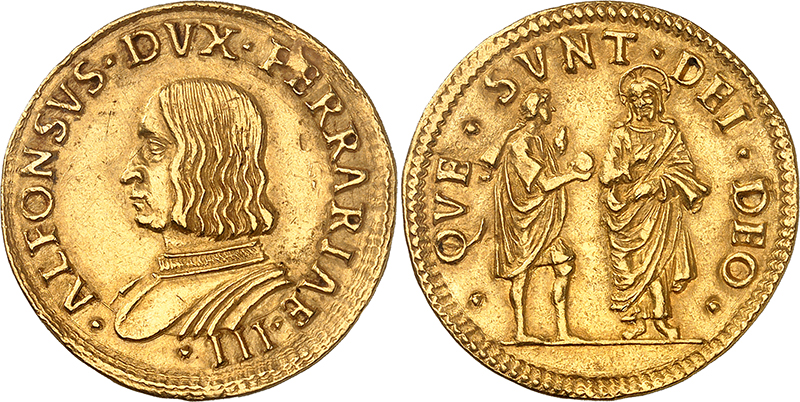
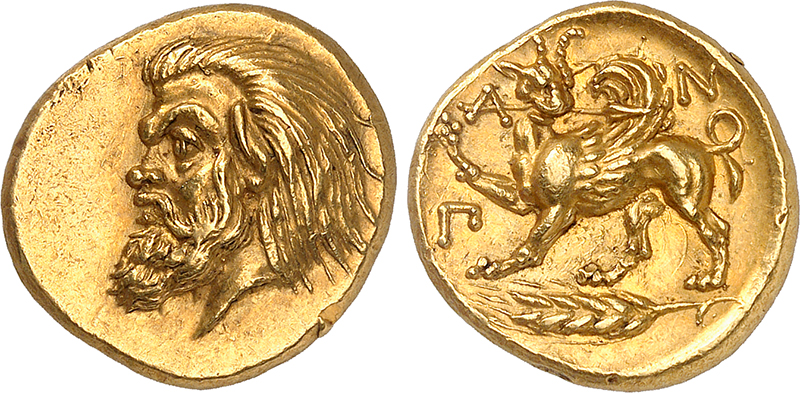
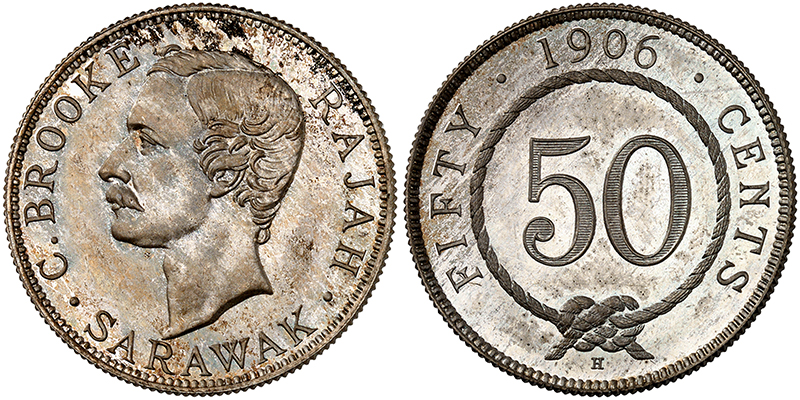
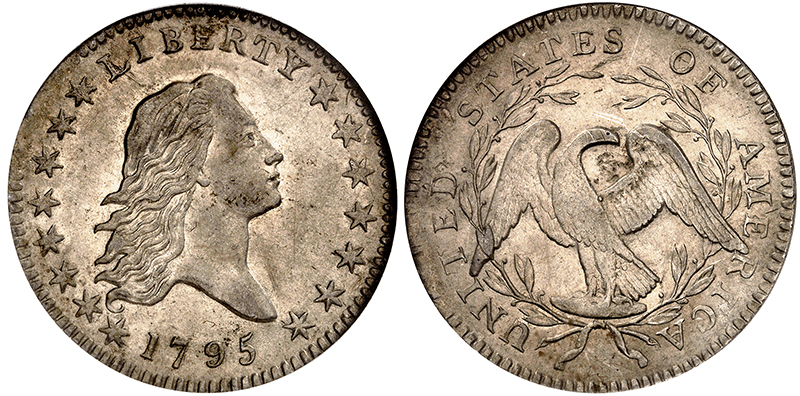
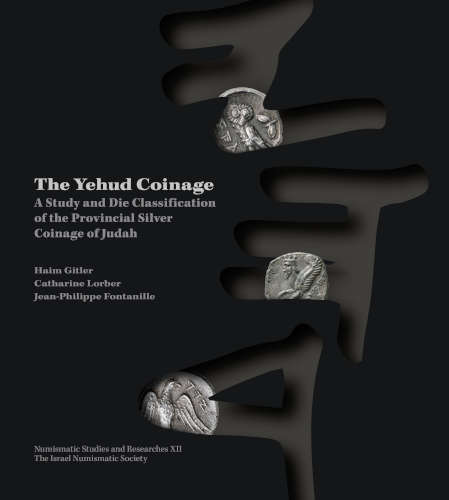
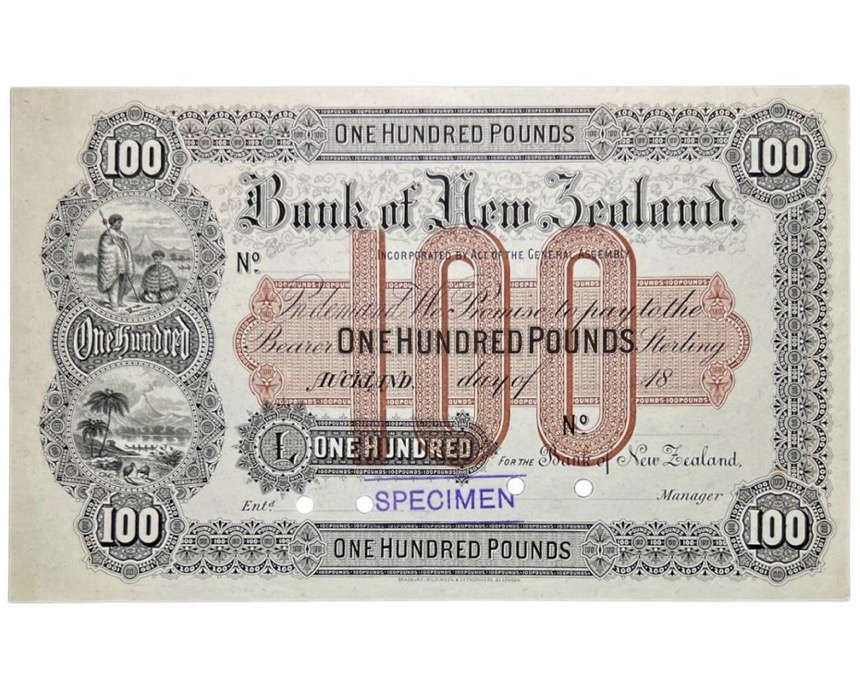

Over 3,200 Visitors at the 2025 National Money Show in Atlanta
The 2025 National Money Show featured an exciting mix of family fun, rare exhibits, and exclusive numismatic opportunities, making it a must-attend event for collectors, dealers, and history enthusiasts alike.
Reformation Coins and Medals: Annotated English Translation of “Ebenezer”
The International Association of Reformation Coins and Medals (IARCM) announced the publication of a significant numismatic resource: a comprehensive, annotated English translation of Christian Schlegel’s “Ebenezer,” the third section of Ernst Solomon Cyprian’s celebrated “Hilaria Evangelica,” first published in 1719.